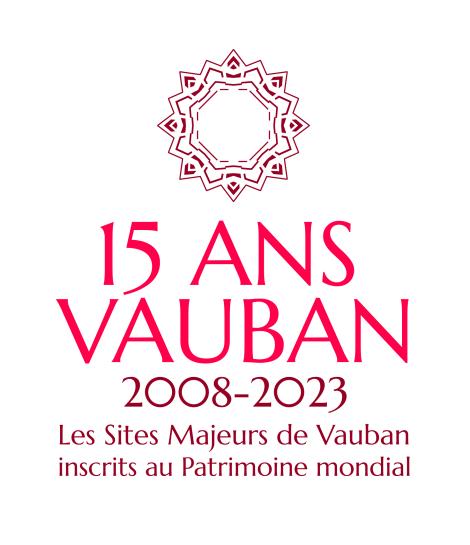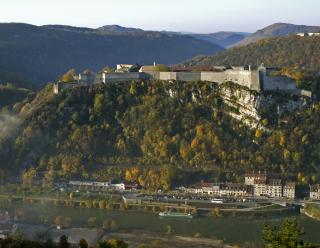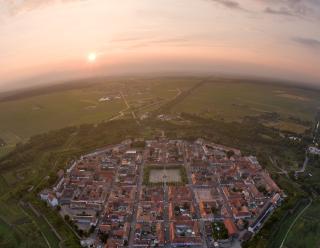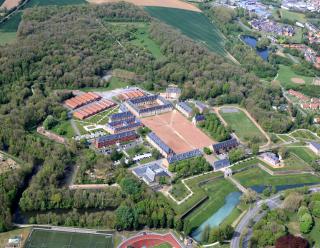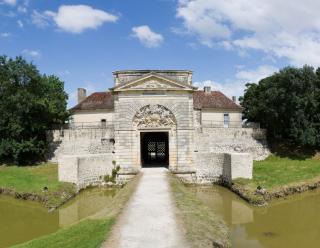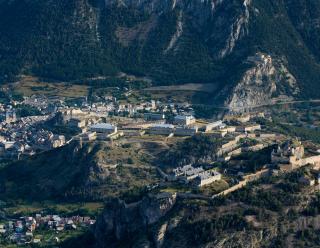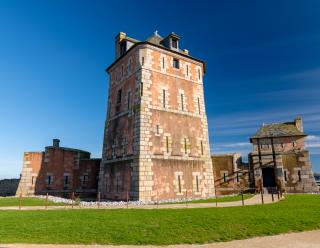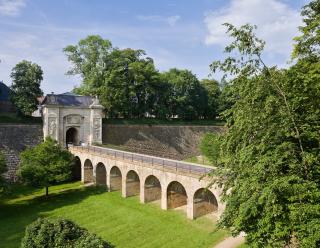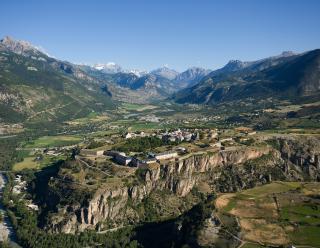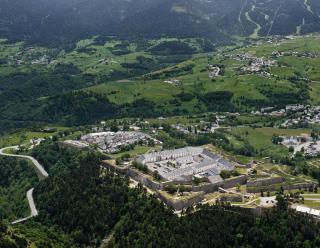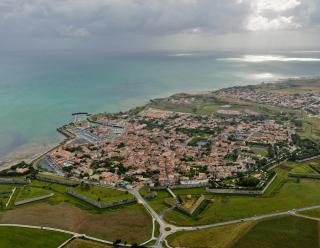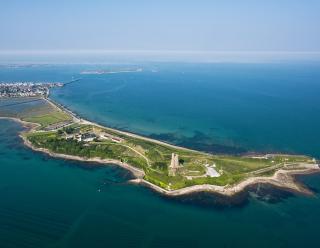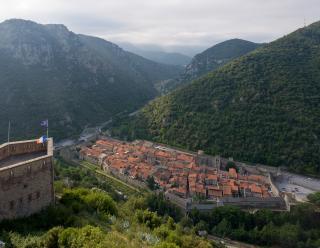The year 2023 marks the 15th anniversary of the inscription of Vauban's Fortifications on the UNESCO World Heritage List. This is an opportunity to celebrate World Heritage and Vauban's work of genius, represented by his twelve major sites across France.
Numerous festivities
Throughout the season, the Fortifications of Vauban invite you to celebrate their 15th anniversary with numerous festivities, activities, entertainment and cultural events. Attend a fireworks display in the heart of a fortification, discover origami on the theme of Vauban's architecture, attend a play or a historical show, take part in a popular festival in the heart of a citadel, and many other surprises!
On Friday 7 July 2023 at 11am, 15 years to the day after the prestigious inscription on the UNESCO World Heritage List, the twelve Vauban Fortifications will raise their flags, a symbol of pride and a sign of the common commitment of the twelve major Vauban sites to preserve and enhance this exceptional heritage.
The Vauban Fortifications
Located around the borders, the Vauban Fortifications embody the diversity of France, its landscapes and its territories, through the richness of their cultures, their colours and their uses. Memories of the past, they are now living places adapted to their time. Once fortresses closed in on themselves, they are now open to the world, just like the frontiers they had to defend in Vauban's time.
Their inclusion on the famous UNESCO World Heritage List is a magnificent recognition on an international scale. It is also a commitment by all those who look after the Vauban Fortifications to pass on this unique heritage to future generations.
Besançon (Doubs)
Vauban adapted with genius to the land
Besançon lies in an exceptional strategic position, which Julius Caesar had already noticed: the River Doubs encloses the city in a loop closed off by a hill.
Neuf-Brisach (Haut-Rhin)
A remarkable town built from scratch
A perfect star on the Alsace plain, Neuf-Brisach can be seen as the culmination of all of Vauban’s fortified work.
Arras (Pas-de-Calais)
In Vauban’s "Pré Carré"
In 1659, the town of Arrras came under the authority of the King of France for good and was incorporated into Vauban’s "pré carré", a double line of fortified towns built to protect the north-eastern border of the kingdom.
Blaye/Cussac-Fort-Médoc (Gironde)
The barricade of the estuary
The barricade of the estuary is an imposing triptych guarding the River Gironde and was built by Vauban and his engineer, Ferry, between 1685 and 1692.
Briançon (Hautes-Alpes)
A masterpiece of mountain fortifications
Perched on a rocky spur, 1326 metres high, the town of Briançon is in a strategic position where five valleys meet, and stands out as a unique site.
Camaret-sur-Mer (Finistère)
The gilded tower guards the Armorique coasts
The Camaret tower is located at the end of a sandbank, in the heart of what is today the Iroise Marine Park and the Armorique National Regional Park. It was built from 1693 to 1696 to prevent the enemy from capturing the port of Brest and its fleet from the rear.
Longwy (Meurthe-et-Moselle)
A new town on the plain
When Longwy-Haut became French under the 1679 Nimeque Treaty, Louis XIV decided to destroy the old medieval town and replace it with a «new town» to form a major defensive link on the north-eastern border.
Mont-Dauphin (Hautes-Alpes)
The archetypal mountain stronghold
In 1693, Vauban decided to build a stronghold from scratch to prevent attacks from Italy. This remarkable construction was set on a bleak plateau, at a height of 1050 metres, dominating the confluence of the Rivers Guil and Durance.
Mont-Louis (Pyrénées-Orientales)
A mountain citadel ready for use
Located in the eastern Pyrenees at an altitude of 1600 metres, the stronghold of Mont-Louis was built from scratch by Vauban on granite terrain and is perfectly adapted to the geography of the site.
Saint-Martin-de-Ré (Charente-Maritime)
A stone star between land and sea
In 1681, Vauban planned to build a central reduit at Saint-Martin, which could shelter the whole population of the island if the enemy landed at an other point.
Saint-Vaast-la-Hougue (Manche)
Coastal observation towers
During each of his visits, Vauban described the harbour of Saint-Vaast as the "best and most secure in the kingdom" with natural protection from the Isle of Tatihou.
Villefranche-de-Conflent (Pyrénées-Orientales)
A functional masterpiece
Located at the hollow of the deep Têt valley, the "petite villotte" (small town) was dominated on all sides. The medieval walls which stretch along the river were altered by Vauban in 1679.

